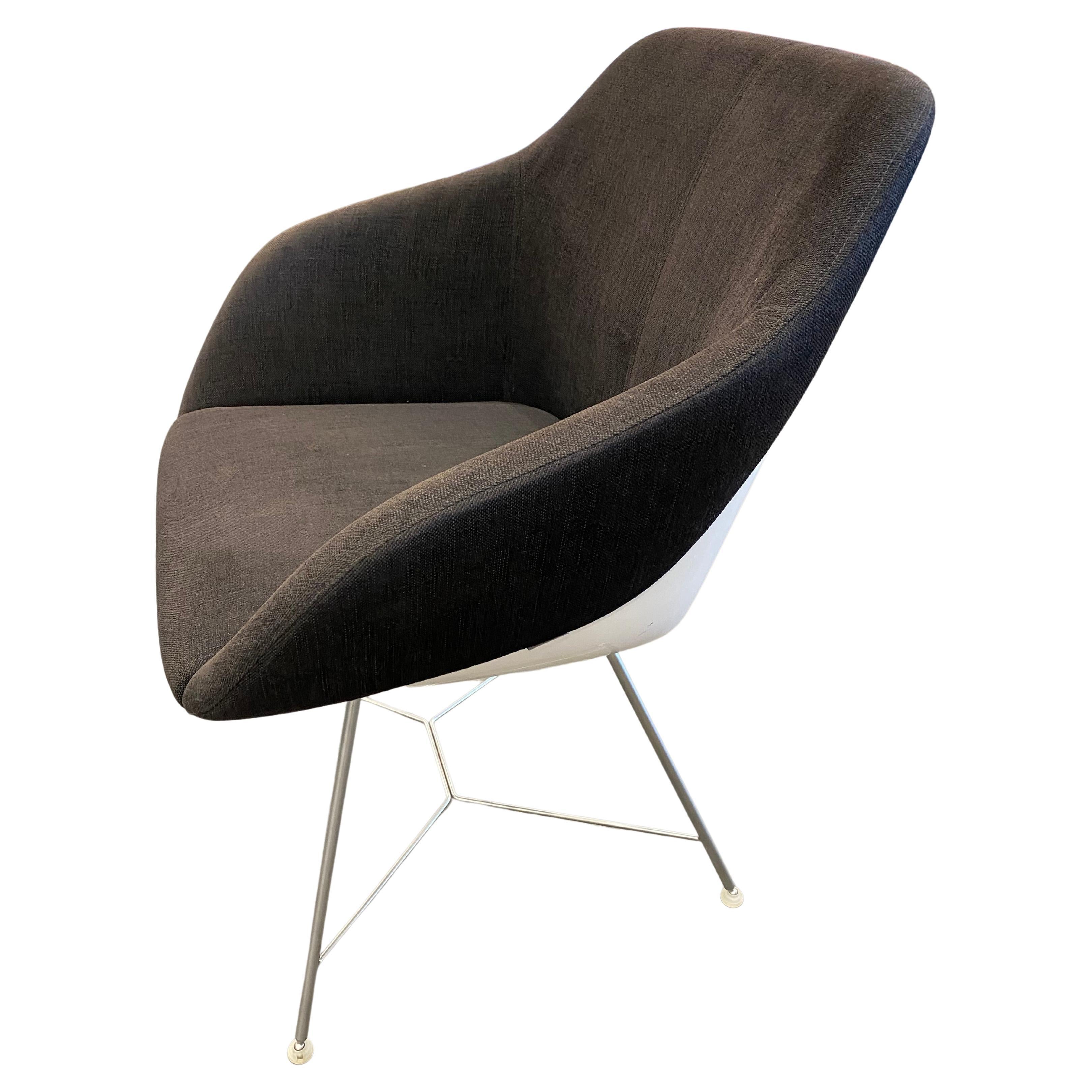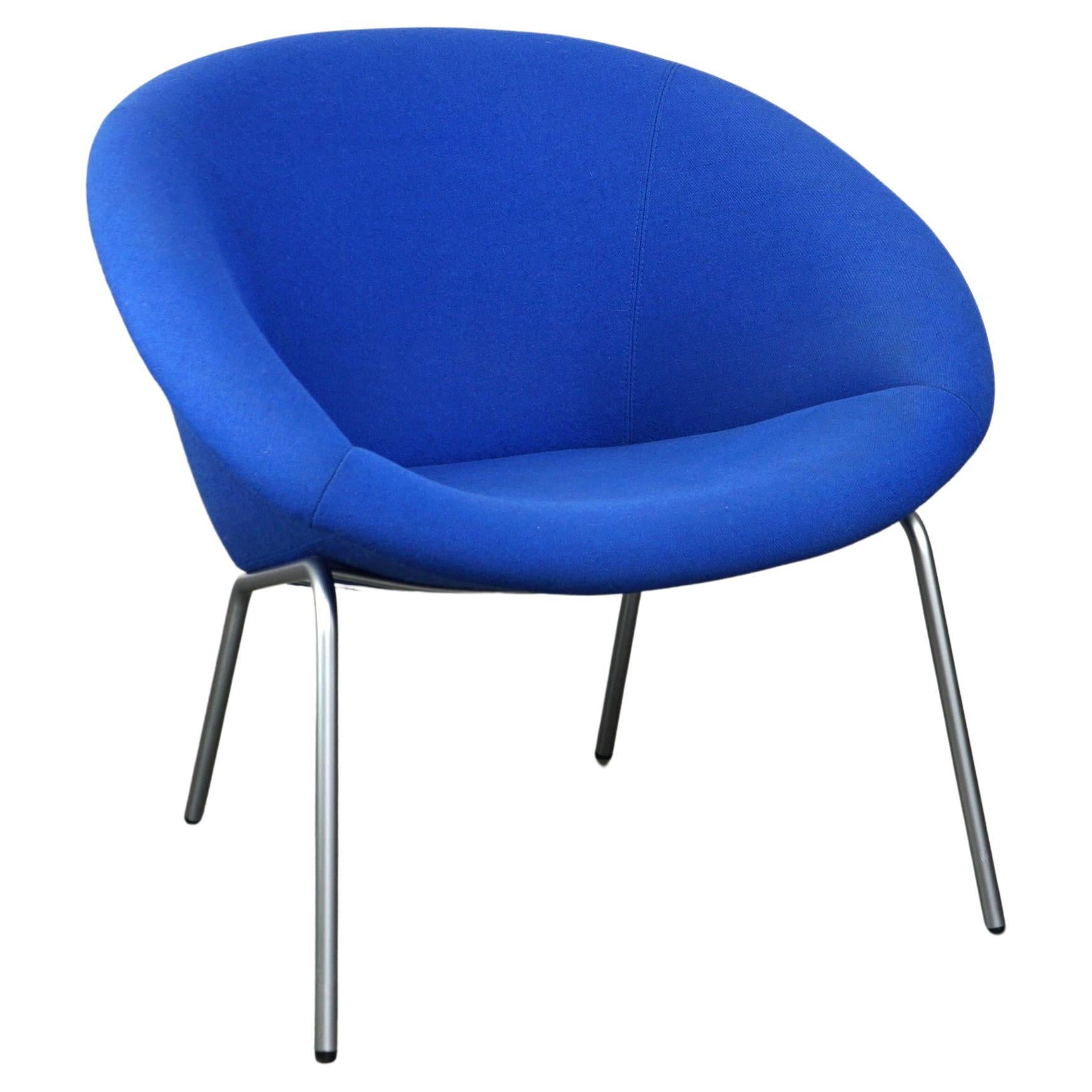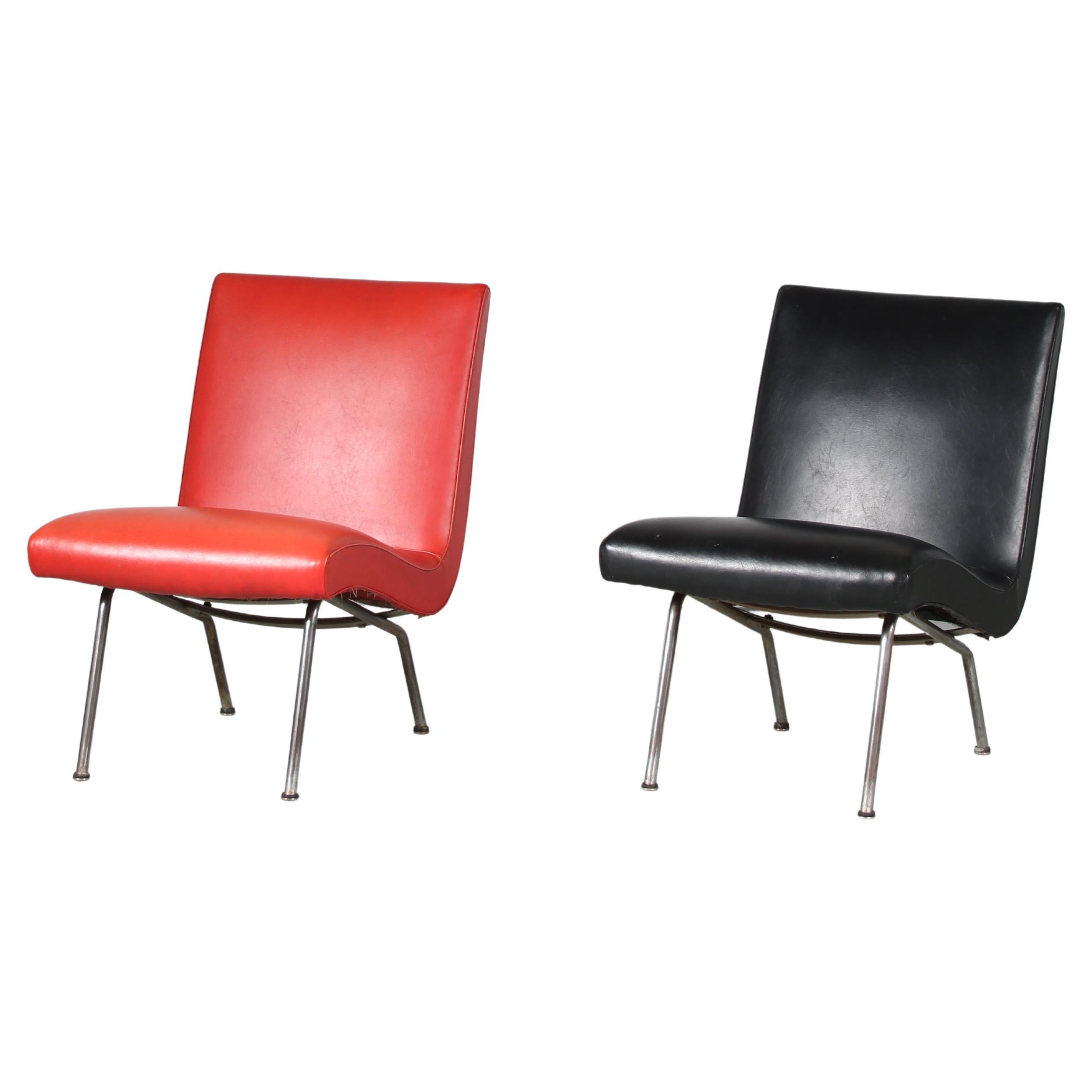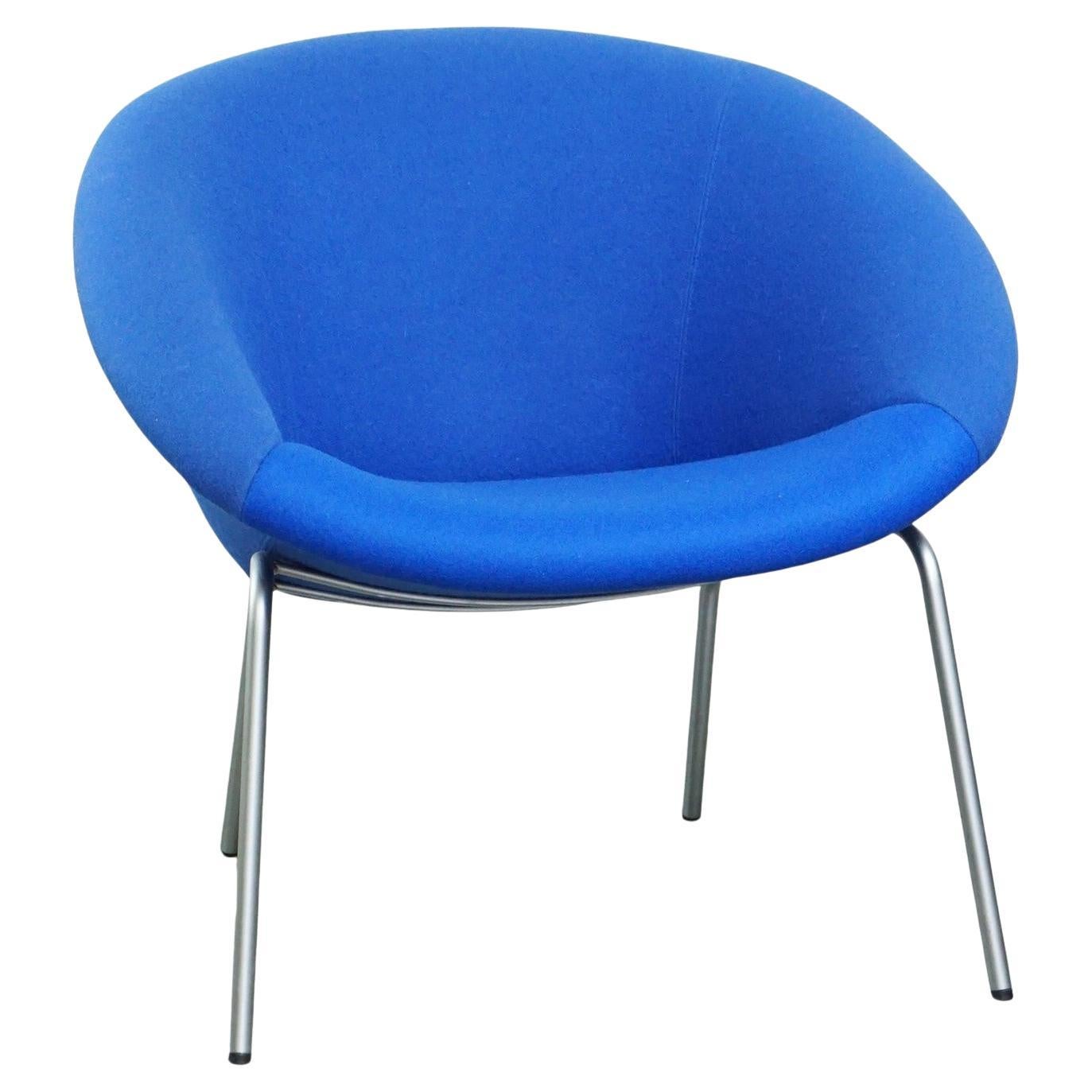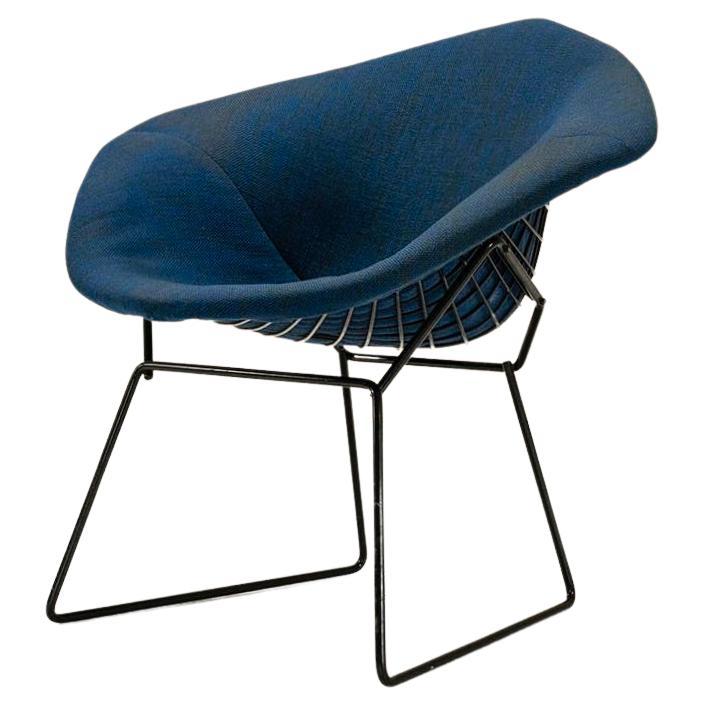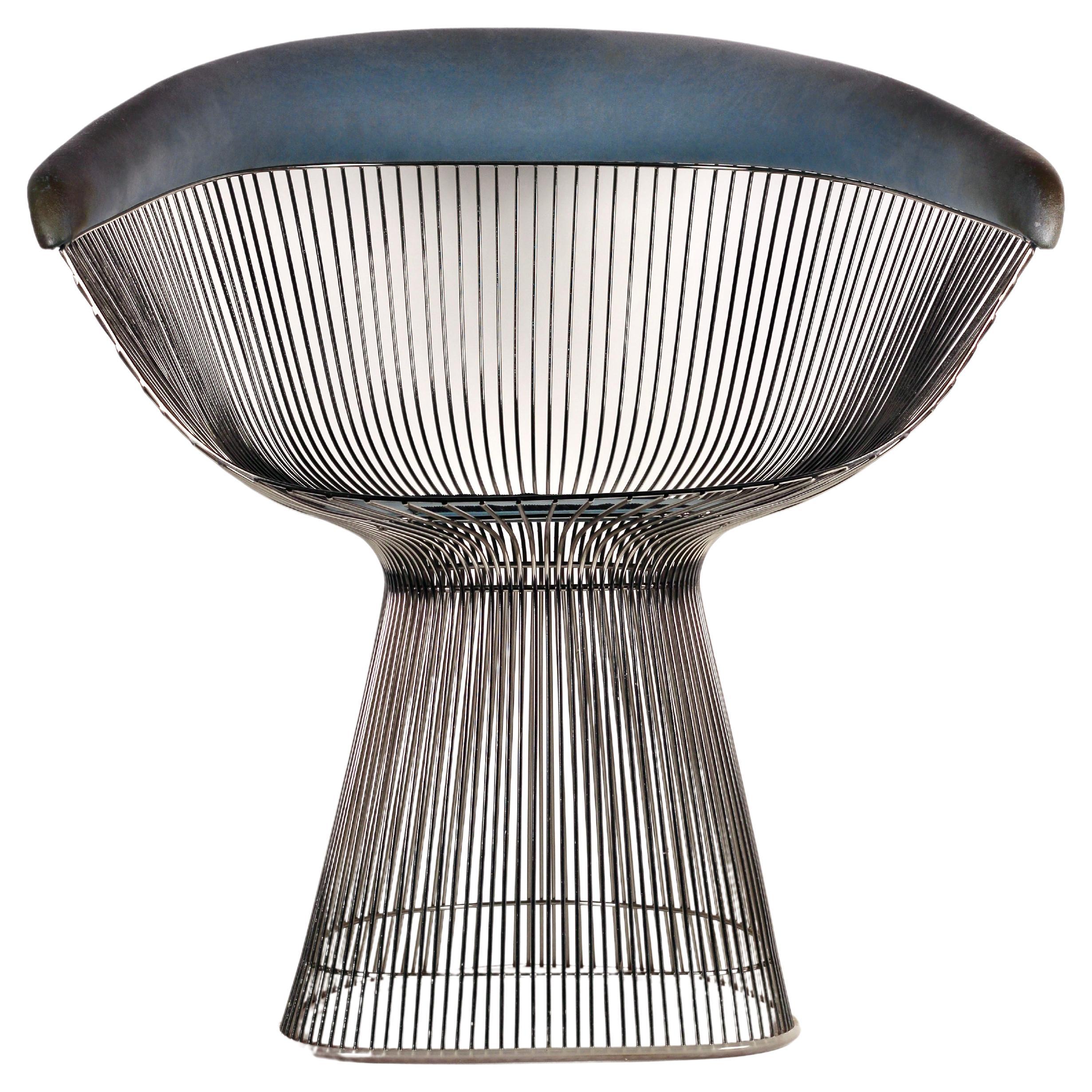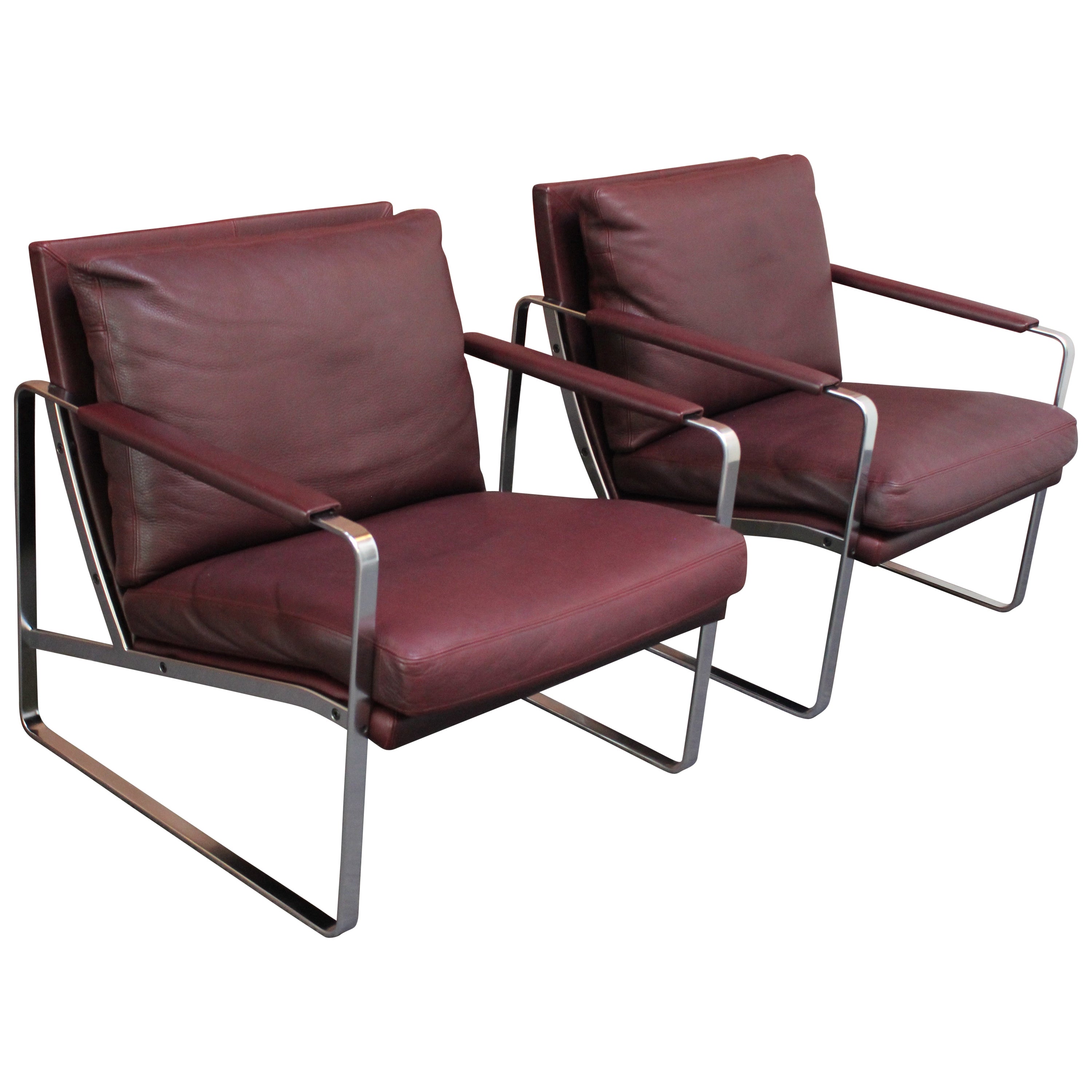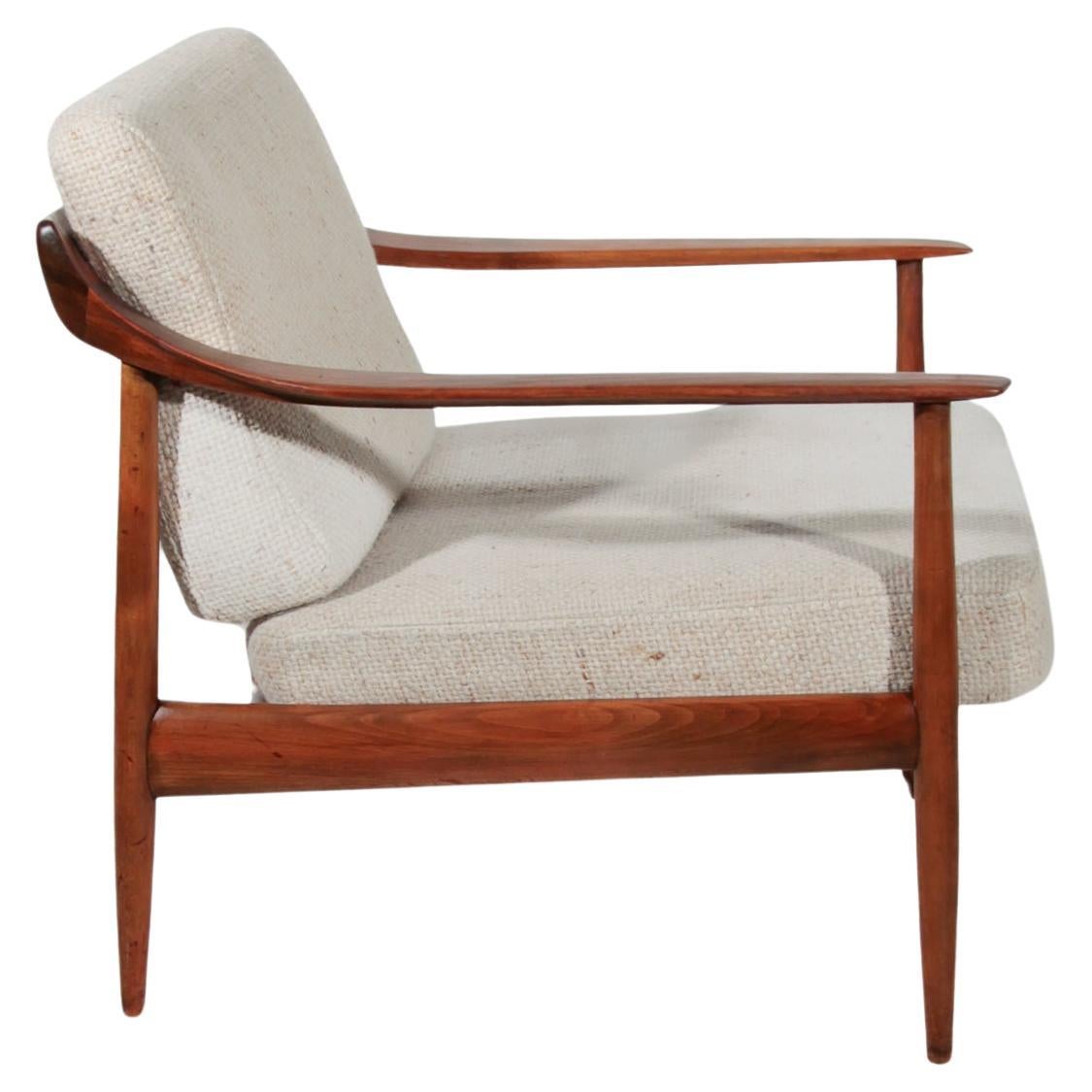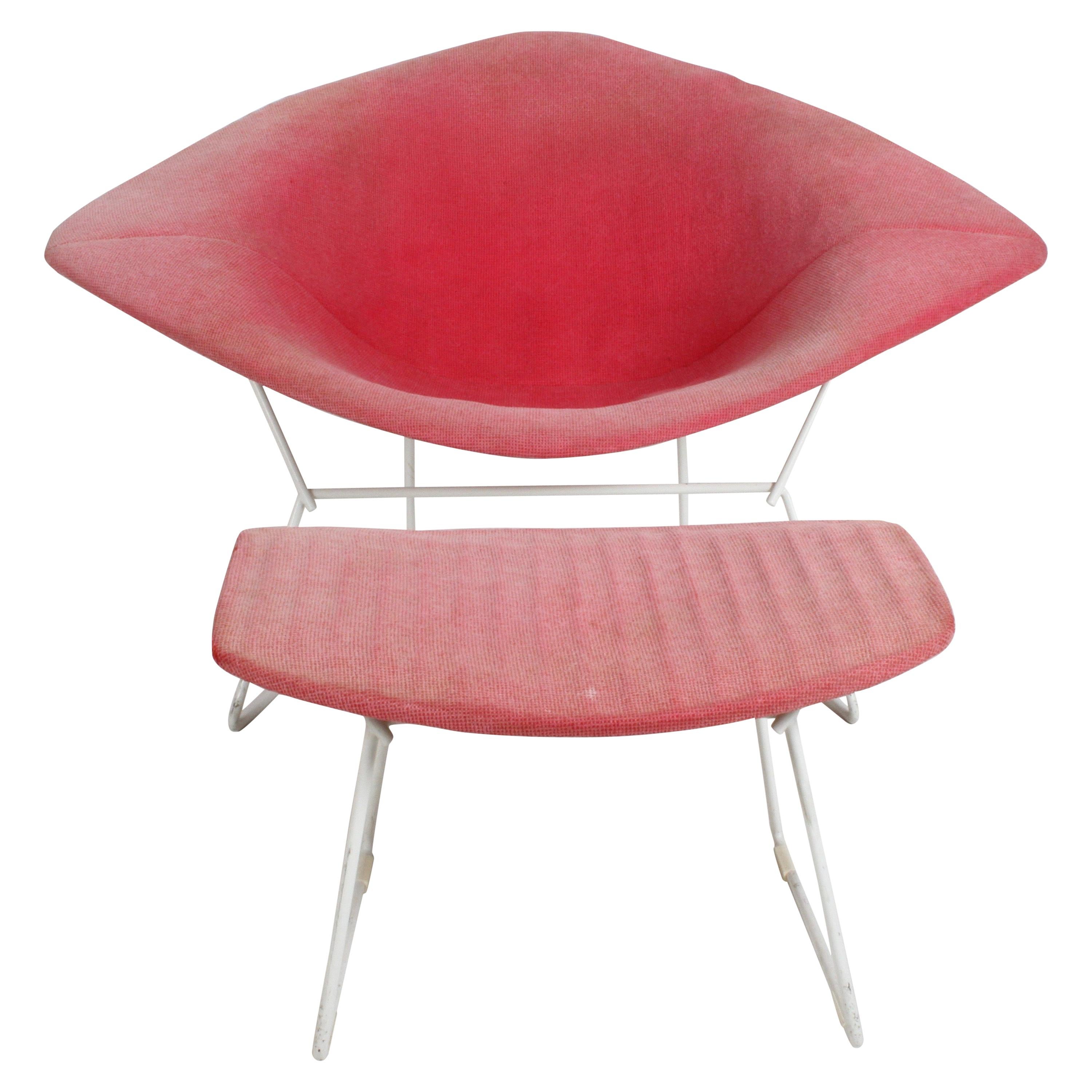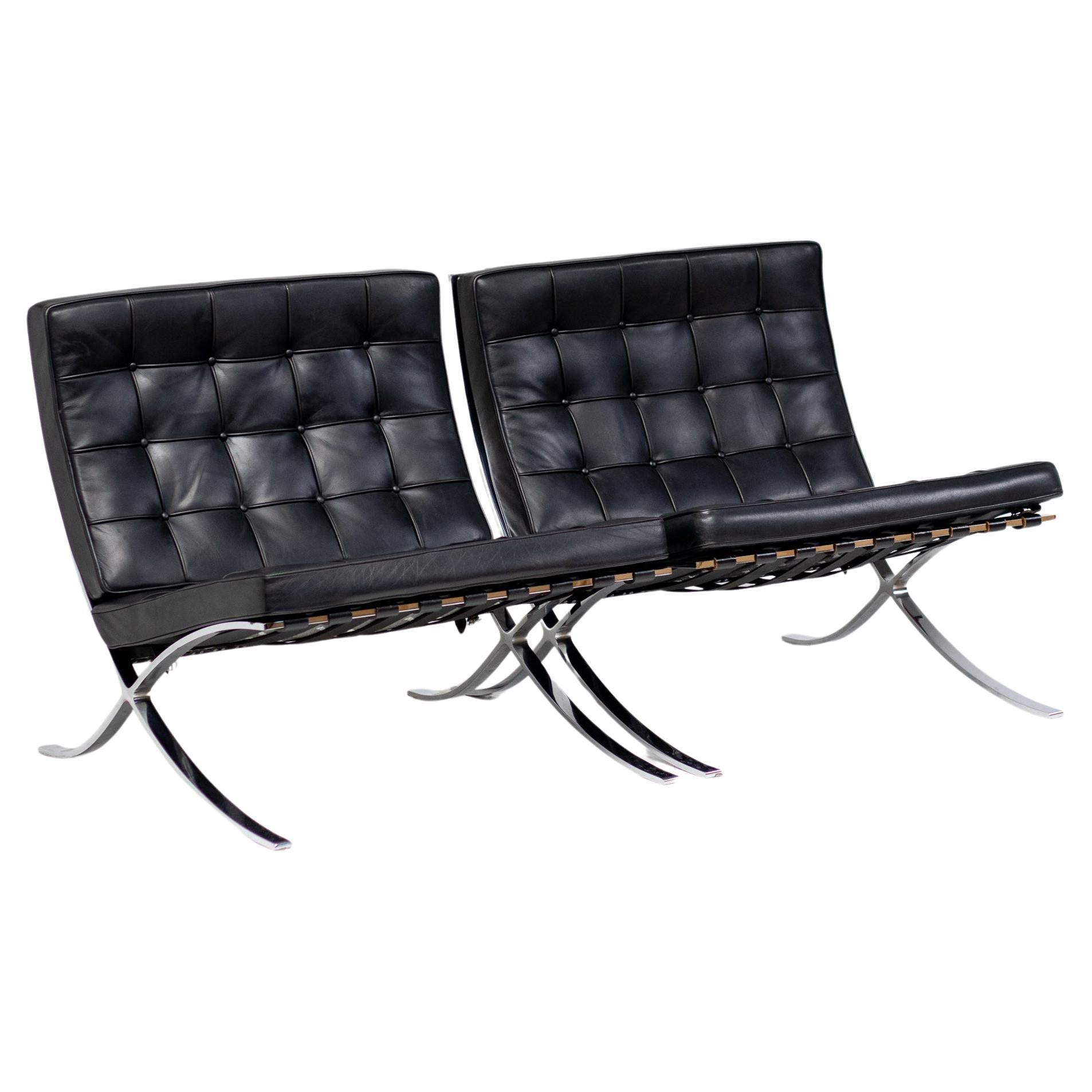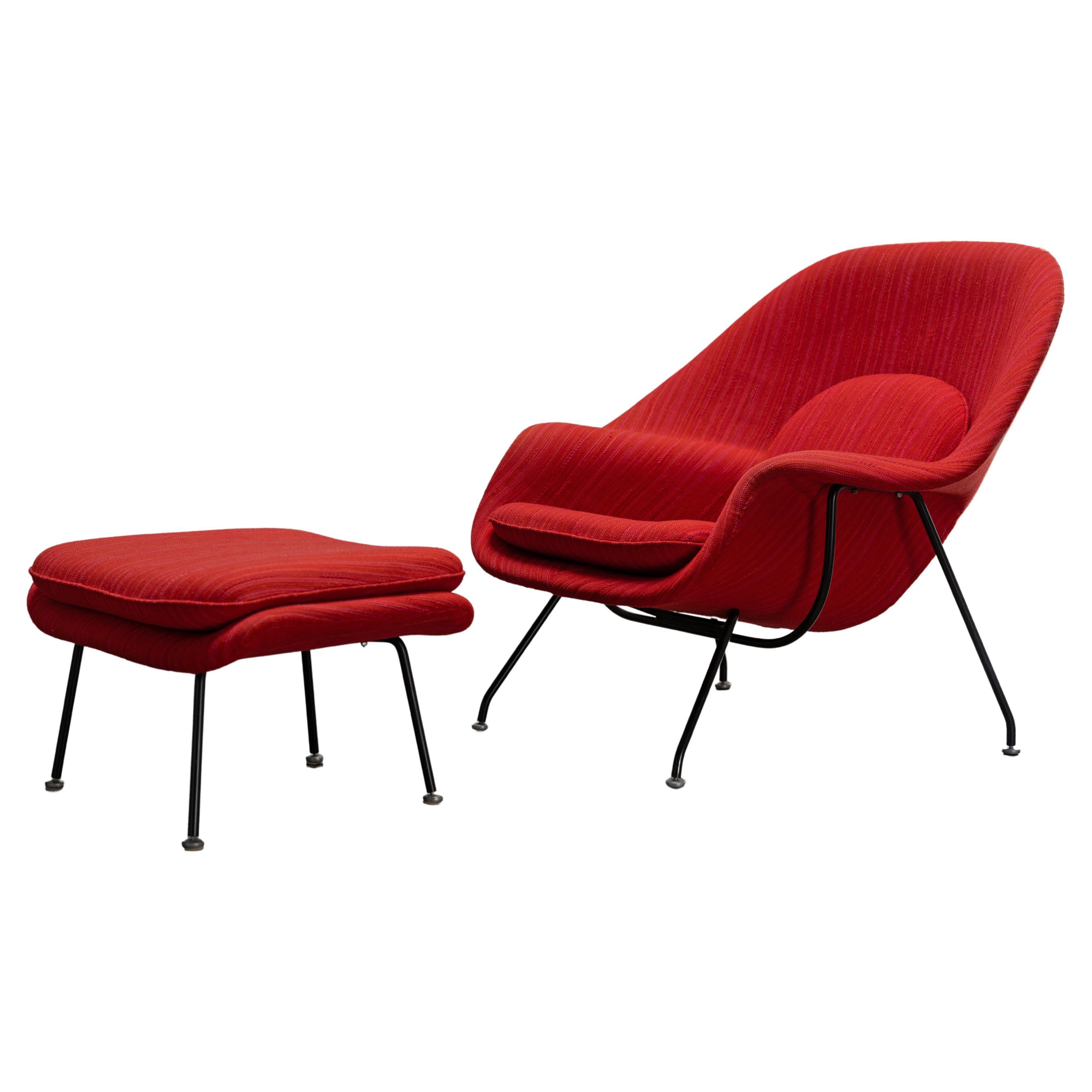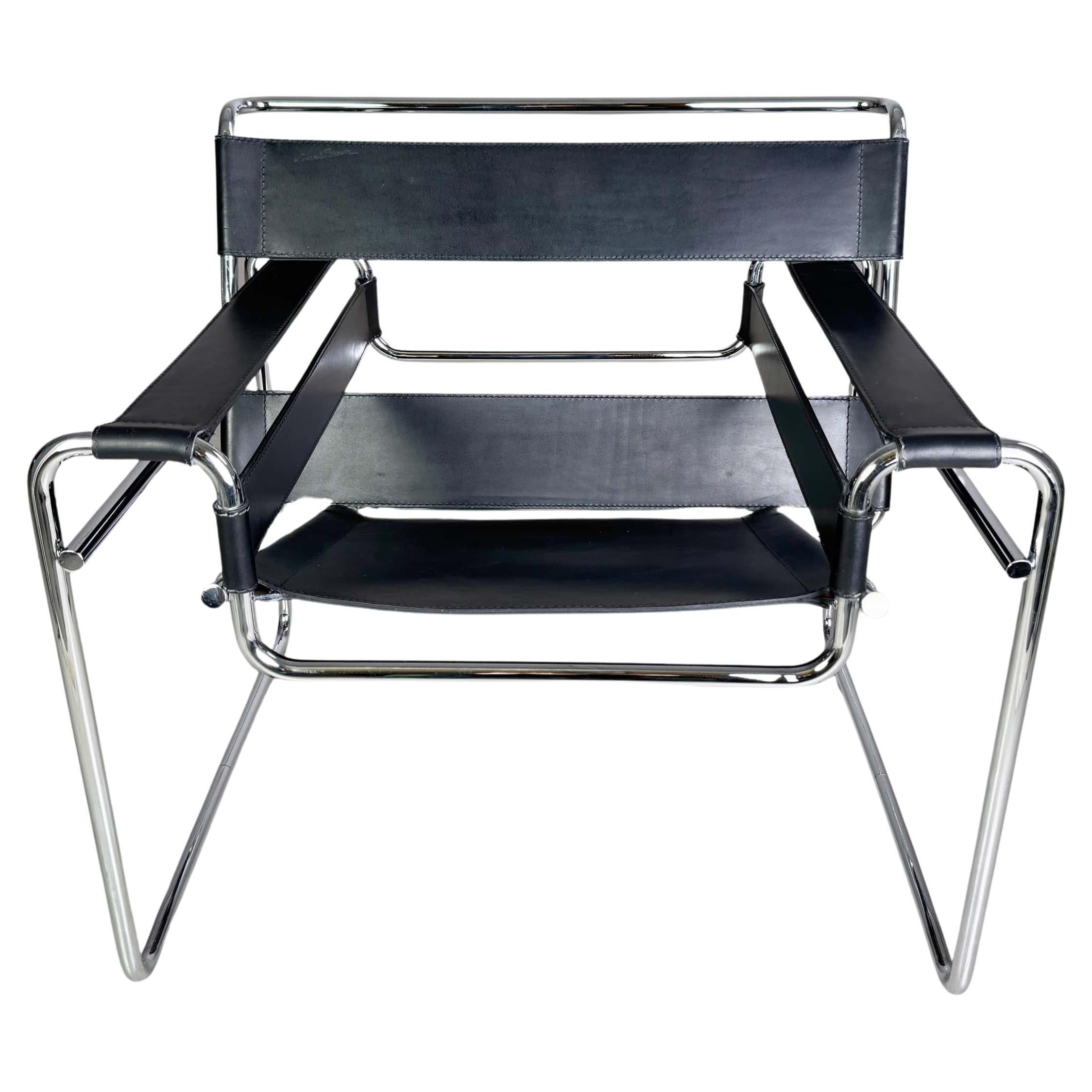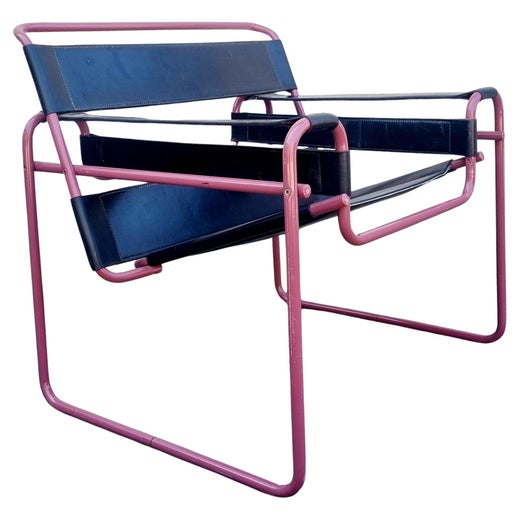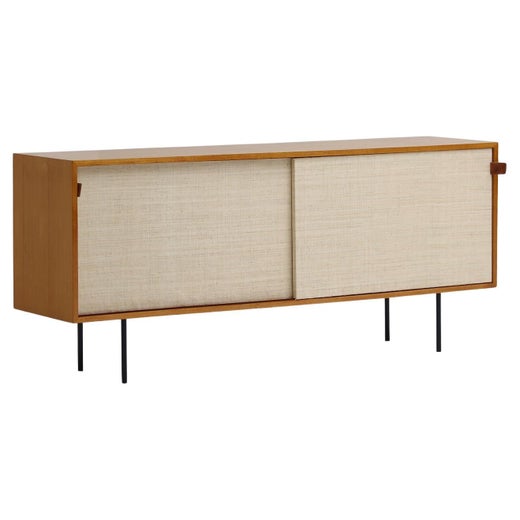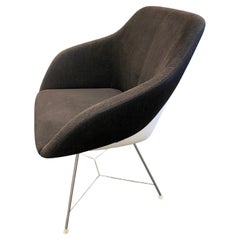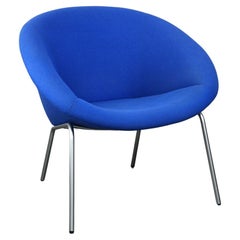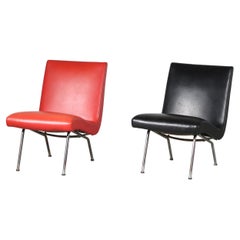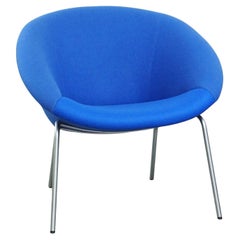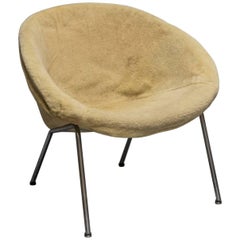
Knoll Sessel 369 for Walter Knoll
View Similar Items
Knoll Sessel 369 for Walter Knoll
About the Item
- Creator:Walter Knoll (Designer),Knoll (Manufacturer)
- Dimensions:Height: 26.78 in (68 cm)Width: 28.35 in (72 cm)Depth: 26.78 in (68 cm)
- Style:Mid-Century Modern (Of the Period)
- Materials and Techniques:
- Place of Origin:
- Period:
- Date of Manufacture:1956
- Condition:Wear consistent with age and use. 68 x 72 x 68 cm.
- Seller Location:Belmont, MA
- Reference Number:Seller: M-6751stDibs: LU3206110562463
Walter Knoll
Inspired by the Bauhaus — founded in 1919 by Walter Gropius — Walter Knoll decided to bet big on modernism. He launched his eponymous German furniture maker in 1925, and the company has been going strong ever since.
Most design lovers are familiar with Knoll, the manufacturer of furniture by Eero Saarinen, Harry Bertoia, Marcel Breuer, Ludwig Mies van der Rohe and other modernist giants. It was founded by Hans Knoll in 1941 and led after his death by his wife, Florence Knoll, the doyenne of postwar American office interiors. In recent years, the company has added collections by Maya Lin, Rem Koolhaas, Frank Gehry and David Adjaye, among others, and encouraged customers to do what some of them had been doing all along: use Knoll’s “office furniture” at home.
Fewer Americans are familiar with Walter Knoll, the company Hans’s father founded in Stuttgart, Germany, in 1925 and later moved to nearby Herrenberg. That company has existed in the shadow of the larger U.S.-based Knoll for decades.
Both companies descended from the German manufacturer of ornate leather goods established by Wilhelm Knoll in 1866. In 1907, Wilhelm’s sons, Willy and Walter, took over the father’s business and started producing leather club chairs. Five years later, the company introduced its Nestra line of stripped-down wood and leather seating, foreshadowing the family’s future innovations.
In 1925, when he was 50, Walter Knoll launched the Walter Knoll Company, which soon released the revolutionary Prodomo line of chairs, whose upholstered seats and backs are supported by tubular metal frames. Other lightweight Walter Knoll pieces were used in the passenger compartment of the Hindenburg zeppelin.
In 1927, Walter Knoll furnished five apartments designed by Ludwig Mies van der Rohe for the Weissenhof Estate, 21 prototypes of “workers’ housing of the future” constructed as part of an exhibition in Stuttgart. A decade later, Walter’s son Hans, then 24, traveled to the United States to market his father’s furniture and to make a new life for himself in the New World. But inspired by his encounters with Jens Risom — a Danish-born designer who furthered Scandinavian modernism in the United States — Hans broke away from Walter, creating Knoll Associates (now known simply as Knoll). Florence Schust (later to become Hans’s wife) joined him in the company in 1943, and soon they were working with mid-century modern icons such as Saarinen and Bertoia on new designs and licensing Mies’s Barcelona chair.
After the war, with his factories destroyed and labor and materials in short supply, Walter Knoll turned to Hans for help. Hans sent over several pieces from his Vostra line, designed by Risom. Walter replaced the web seats with upholstery and launched his version of the Vostra at the New Living exhibition in Cologne in 1949. It became hugely successful, persuading many Germans still accustomed to traditional furniture to give modernism a go.
Walter Knoll retired in 1964, but his namesake firm continued growing in Germany. Just like the American Knoll, Walter Knoll has found that some customers want to use pieces originally meant as office furniture in their houses. In fact, these pieces give living and dining rooms a crispness that almost no residential furniture can match.
Find vintage Walter Knoll lounge chairs, sofas, tables and other furniture on 1stDibs.
Knoll
As a company that produced many of the most famous and iconic furniture designs of the 20th century, Knoll was a chief influence in the rise of modern design in the United States. Led by Florence Knoll, the firm would draw stellar talents such as Ludwig Mies van der Rohe and Eero Saarinen into its compass. Their work would help change the face of the American home and office.
The company was formed in 1938 by the German immigrant Hans Knoll. He first worked with his fellow ex-pat, the Danish designer Jens Risom, who created furniture with flowing lines made of wood. While Risom served in World War II, in 1943 Knoll met his future wife, Florence Schust. She had studied and worked with eminent emigré leaders of the Bauhaus, including Mies, Walter Gropius and Marcel Breuer. She won Knoll over with Bauhaus notions of industrial arts, and an aesthetic that featured flat and tubular metal frames and angular forms. When Hans died in a car crash in 1955, Florence Knoll was appointed head of the company. It was as much through her holistic approach to design — a core division of the firm was dedicated to planning office systems — as Knoll's mid-century modern furnishings themselves that she brought about the sleek and efficient transformation of the American workplace.
Today, classic Knoll furnishings remain staples of modern design collections and decor. A history of modern design is written in pieces such as the elegant Barcelona chair — created by Mies and Lilly Reich — Saarinen’s pedestal Tulip chair, Breuer’s tubular steel Wassily lounge chair and the grid-patterned Diamond chair by Harry Bertoia.
As you can see from the collection of these designs and other vintage Knoll dining chairs, sofas and tables on 1stDibs, this manufacturer's offerings have become timeless emblems of the progressive spirit and sleek sophistication of the best of modernism.
You May Also Like
2010s European Chairs
Fabric
20th Century German Chairs
Chrome
Vintage 1940s German Chairs
Metal
Vintage 1950s German Lounge Chairs
Chrome
Vintage 1950s American Mid-Century Modern Lounge Chairs
Metal
Late 20th Century American Modern Chairs
Steel, Chrome
